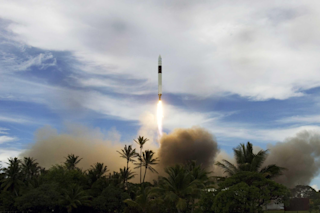A version of this article originally appeared on The Conversation
In many industries, a decade is barely enough time to cause dramatic change unless something disruptive comes along – a new technology, business model or service design. The space industry has recently been enjoying all three.
But 10 years ago, none of those innovations were guaranteed. In fact, on Sept. 28, 2008, an entire company watched and hoped as their flagship product attempted a final launch after three failures. With cash running low, this was the last shot. Over 21,000 kilograms of kerosene and liquid oxygen ignited and powered two booster stages off the launchpad.
When that Falcon 1 rocket successfully reached orbit and the company secured a subsequent contract with NASA, SpaceX had survived its ‘startup dip’. That milestone – the first privately developed liquid-fueled rocket to reach orbit – ignited a new space industry that is changing our ...














